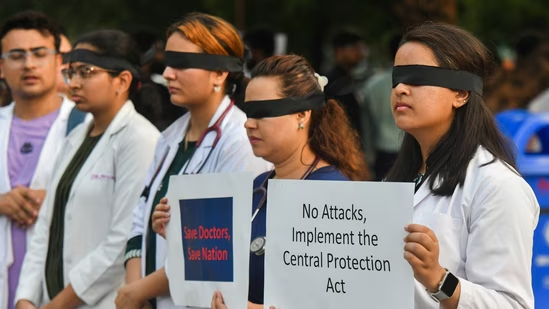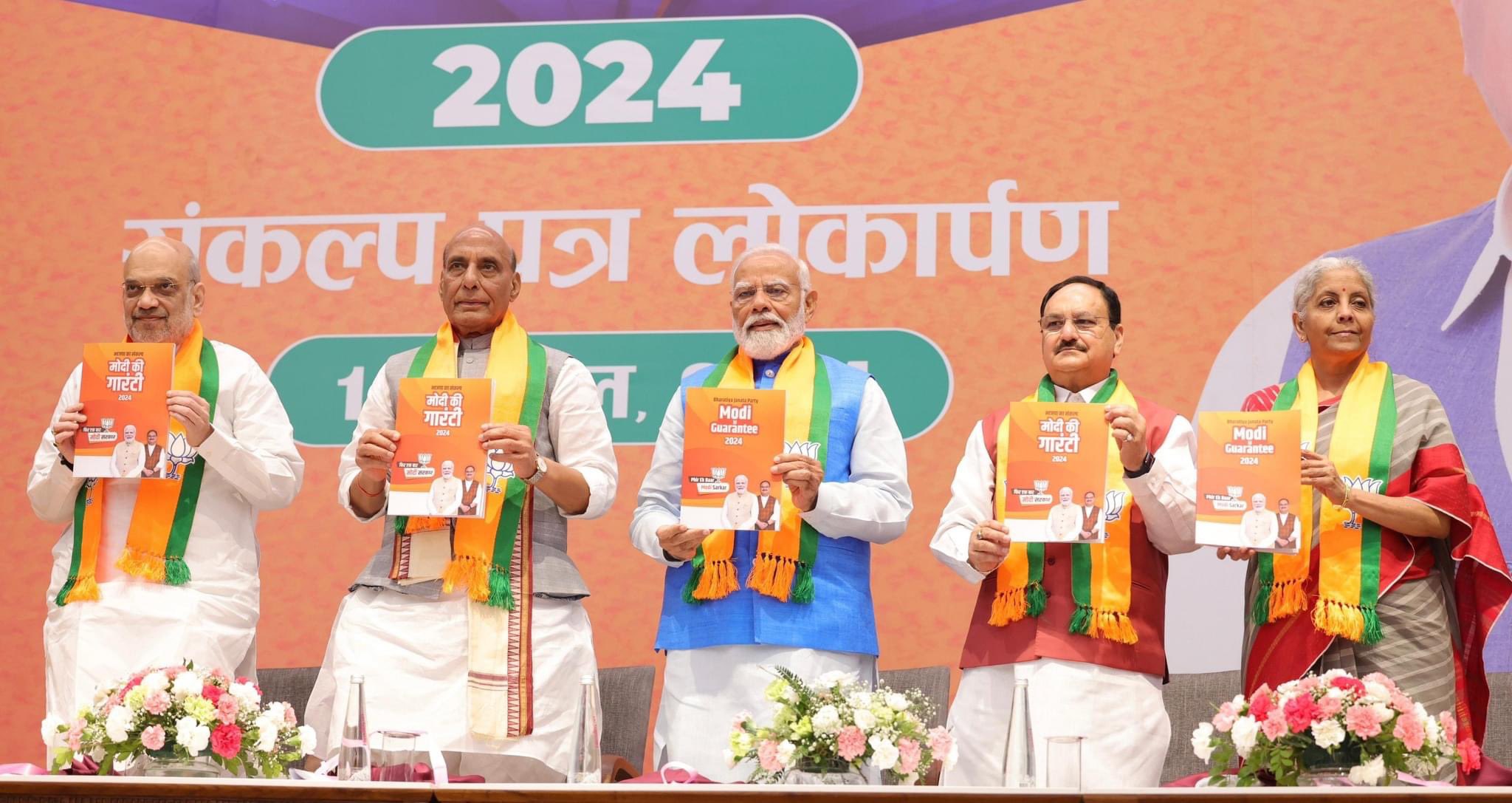The recent brutal rape and murder of a 31-year-old postgraduate trainee doctor at Kolkata’s RG Kar Medical College has sent shockwaves across the nation, especially within the medical community. The horrific details of the West Bengal horror that have emerged paint a disturbing picture of the crime, raising serious questions about the safety and security of women in our society, particularly in places that should be sanctuaries of care and learning.
What is the Kolkata doctor rape-murder crime all about?
The incident occurred in the early morning of August 9, 2024, when the doctor was found dead in a seminar room within the college premises. The autopsy revealed a deeply troubling scenario: the victim was not only raped but also subjected to severe physical assault. Her thyroid cartilage was broken due to strangulation, and her body bore multiple injuries, including on her belly, lips, fingers, and legs. The report also mentioned genital torture, indicating a level of perversion that is almost unimaginable.
The accused, Sanjoy Roy, a West Bengal volunteer police stationed at the hospital, was arrested based on CCTV footage showing him entering the building where the crime took place. Investigation is also currently underway to ascertain exactly how many people were involved in this heinous crime as the semen found in her body is said to have allegedly exceeded 150 grams, and it is almost impossible for a single person to generate so much semen overnight. [India Today]
Read more: Hijab ban debate continues in India
Aftermath of the brutal RG Kar Medical College tragedy in West Bengal
The fallout from this heinous crime has been widespread. The incident sparked nationwide outrage, leading to protests by doctors and medical students across the country. In Kolkata, junior doctors at RG Kar Medical College went on strike, demanding justice and better security for medical professionals. The protests quickly spread, with the Federation of Resident Doctors Association (FORDA) and the Federation of All India Medical Association (FAIMA) calling for a nationwide shutdown of outpatient services in solidarity with the victim [Zee News]
The resignation of the college’s principal, Sandip Ghosh, amid the ongoing protests, only added fuel to the fire. His resignation, following severe criticism from both the public and political figures, highlighted the intense pressure on the institution to take responsibility and act swiftly in response to the crime [NDTV]
Political and legal repercussions following the West Bengal horror
Politicians and public figures have weighed in on the case, with West Bengal Chief Minister Mamata Banerjee issuing a stern warning to the Kolkata Police, threatening to transfer the case to the Central Bureau of Investigation (CBI) if progress wasn’t made swiftly. The Calcutta High Court eventually mandated the CBI to take over the investigation, expressing dissatisfaction with the police’s handling of the case so far. This move underscores the severity of the situation and the public’s lack of trust in local law enforcement.
A broader perspective on sexual violence in India
This case is, unfortunately, not an isolated incident but part of a larger, deeply troubling pattern of sexual violence in India. According to the National Crime Records Bureau (NCRB), there were over 32,000 reported cases of rape in India in 2021 alone. This figure only represents the tip of the iceberg, as many cases go unreported due to societal stigma and fear of retribution.
Globally, statistics from RAINN (Rape, Abuse & Incest National Network) reveal that one in every six American women has been the victim of an attempted or completed rape in her lifetime. Moreover, 94% of women who are raped experience symptoms of post-traumatic stress disorder during the two weeks following the rape. These statistics are a grim reminder of the pervasive nature of sexual violence and the urgent need for systemic change.
What does this mean for us?
As we reflect on this tragedy, we must ask ourselves: What does it mean to be a woman in India today? What does it mean to be a man? Are we doing enough to protect the vulnerable, to teach respect, and to hold perpetrators accountable?
The brutal rape and murder of the doctor at RG Kar Medical College forces us to confront a terrifying reality: the pervasive and insidious nature of sexual violence in our society. This isn’t just about one tragic incident; it’s a reflection of a much larger, deeply rooted problem that we have yet to fully address.
In India, and indeed around the world, the statistics on sexual violence are chilling. According to data from RAINN, 3 out of 4 rapes are committed by someone the victim knows. These aren’t faceless predators lurking in the shadows—43% of the time, the perpetrator is a friend or acquaintance, 27% a current or former spouse or partner. For juveniles, the numbers are even more harrowing: 93% of child and teen victims knew their abuser. These figures force us to ask: How safe are we, truly? How safe are our loved ones?
Read more: What’s happening in Bangladesh?
This case also highlights a disturbing trend in the demographics of perpetrators. Half of those who commit sexual violence are 30 years or older, with a significant portion having prior criminal convictions. More than half of alleged perpetrators have at least one prior conviction for crimes such as robbery, assault, or even previous instances of sexual violence. These are not first-time offenders; these are repeat criminals, often enabled by a system that fails to hold them accountable.
We must also consider the context within institutional settings, such as prisons, where sexual violence remains alarmingly high. In jails, 60% of all sexual violence against inmates is committed by the institution’s staff—individuals in positions of power, tasked with the care and custody of those who are incarcerated. This mirrors, in some ways, the dynamics at play in the RG Kar Medical College case, where the accused, a civic volunteer, used his position and access to commit such a heinous crime.
But the question that looms large over all of this is: Why do we continue to fail? Why does a culture of silence and impunity persist? Part of the answer lies in our collective unwillingness to confront the uncomfortable truths about who the perpetrators are, and more broadly, who we are as individuals. They are not always strangers; they are often the people we know, trust, and interact with daily. The statistics bear this out: 59% of juvenile victims were abused by acquaintances, and 34% by family members.
As we grapple with this tragedy, it is vital that we, as a society, do more than just express outrage. We must demand systemic changes that address the root causes of sexual violence. This includes better education on consent, more robust legal protections for victims, and harsher penalties for perpetrators. But beyond that, it requires a cultural shift—one where we hold ourselves and each other accountable, where we refuse to tolerate behaviours that enable or excuse violence.
The murder of the Kolkata doctor is not just a crime against one individual; it is an indictment of a society that has allowed such crimes to continue unabated. We owe it to her, and to all victims of sexual violence, to ensure that this is not just another statistic, another case that fades from memory. We owe it to ourselves to make sure that we do not become numb to these atrocities, and that we continue to fight for a world where such violence is not the norm, but the exception.
In the end, the safety of women, children, and indeed everyone, depends on our collective will to make change happen. Outrage is seldom enough. It simply won’t suffice anymore to be shocked or saddened—we must be moved to action. But what is that action?



